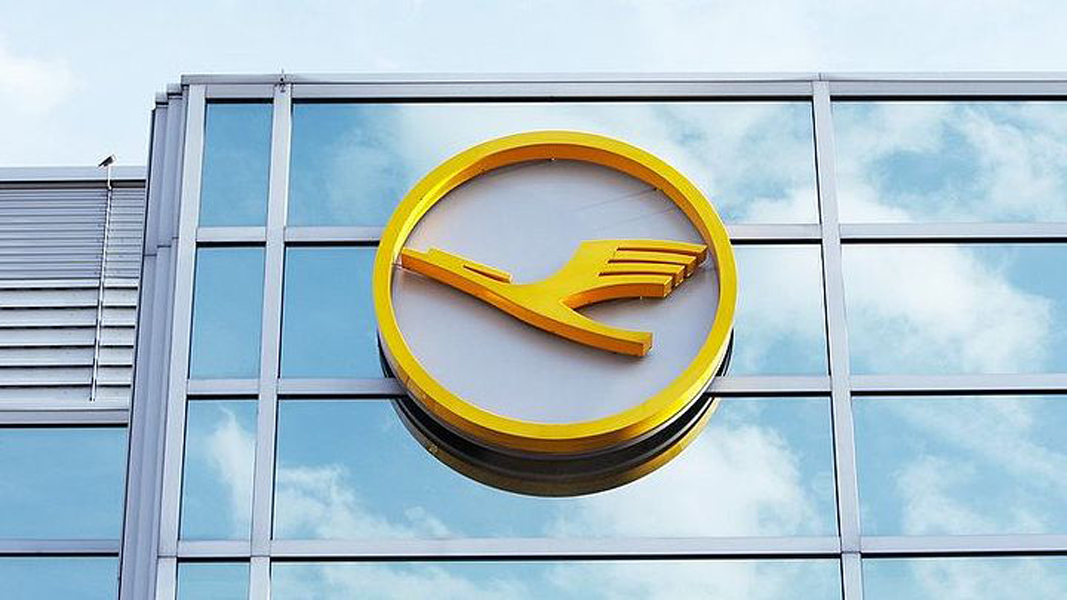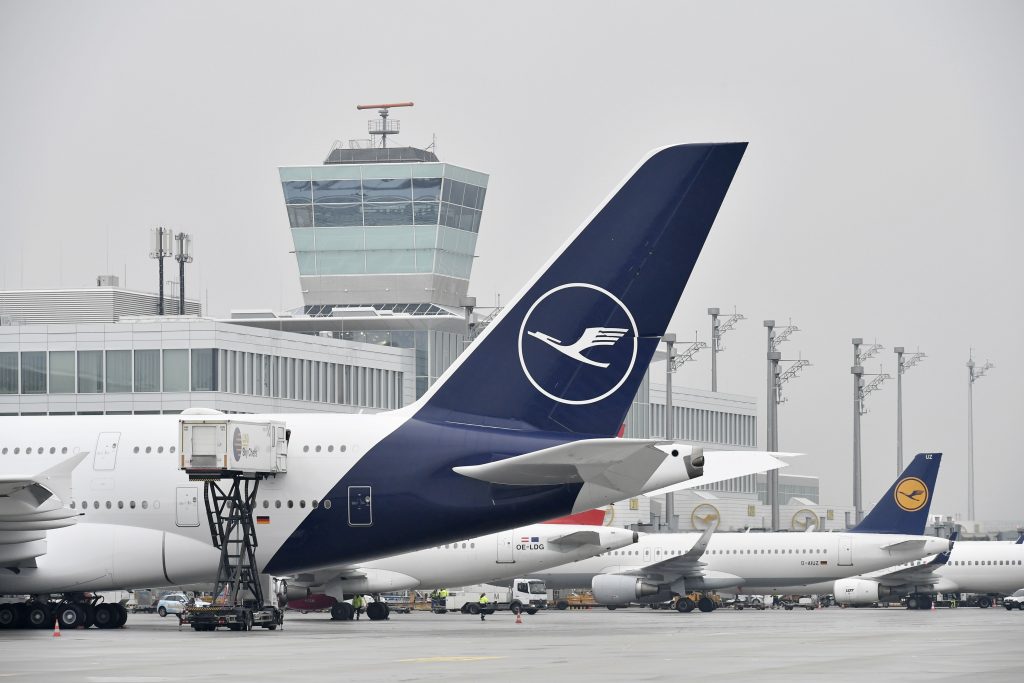
Maybe it was a mere coincidence? As the world’s attention turned to the terrible news that Notre Dame Cathedral in Paris was burning, the German flag carrier Lufthansa suddenly decided to release details of its financial performance for the first quarter of the year. Perhaps unsurprisingly for news that was published after the markets were closed at 8pm CEST the financial data didn’t make for good reading.
For the first three months of the year, the Lufthansa Group – which also owns Austrian, Brussels Airlines, Eurowings and SWISS – swung to a €336 million loss which compares to a €52 million profit the group made during the same period in 2018. Lufthansa is blaming higher fuel costs of at least €200 million for the poor performance but says it remains confident that it can beat 2018 full-year profits.
The group’s network airlines collectively made a loss of €160 million, while its low-cost subsidiary Eurowings posted a much larger loss of €257. Lufthansa has previously blamed the acquisition of Air Berlin’s assets and an aggressive expansion programme for the poor financial performance at Eurowings. It hopes the airline will break even during 2019.
Meanwhile, profits at Lufthansa’s cargo business dropped a massive 67% to just €24 million which the group blamed on “downward airfreight market trends” – especially on routes between Europe and Asia. Cargo load factor dropped to just 65% which is own more than 7% on the same period in 2018.

Lufthansa says it hopes to significantly improve its financial performance during the second quarter on the back of strong booking levels at its network airlines and Eurowings.
“We are seeing good booking levels for the quarter ahead,” commented Ulrik Svensson, the group’s chief financial officer.
“At the same time, we have substantially reduced our own capacity growth. And with a reduction in growth also projected for the European market as a whole, we expect unit revenues to increase again in the second quarter.”
More than 11 million passengers have flown on a Lufthansa Group airline in the first three months of 2019 but the seat load factor has fallen to around 80%. The strongest growth in passenger numbers was in Vienna where Lufthansa faces stiff competition from IAG’s low-cost LEVEL brand and Ryanair-backed Lauda. Meanwhile, passenger growth was sluggish at Lufthansa’s main hubs at Munich and Frankfurt, growing just 2% and 0.9% respectively.
Lufthansa reported a full-year profit of €2.8 billion in 2018, although again blamed high fuel prices and the integration of Air Berlin for hurting its financial performance. We are yet to hear how Lufthansa’s biggest European rivals – the Air France-KLM Group and IAG – have performed in the first quarter.
Mateusz Maszczynski honed his skills as an international flight attendant at the most prominent airline in the Middle East and has been flying ever since... most recently for a well known European airline. Matt is passionate about the aviation industry and has become an expert in passenger experience and human-centric stories. Always keeping an ear close to the ground, Matt's industry insights, analysis and news coverage is frequently relied upon by some of the biggest names in journalism.







